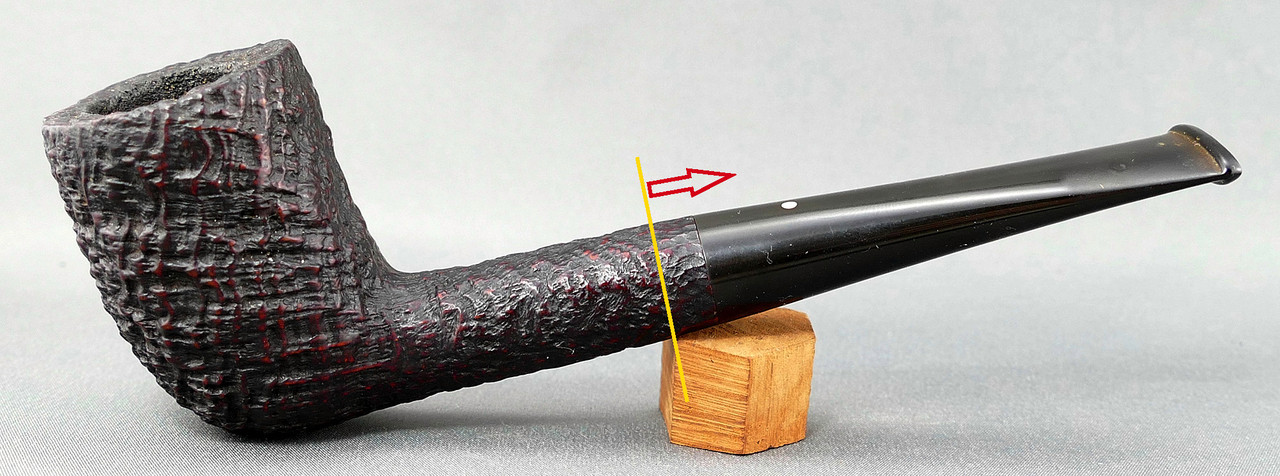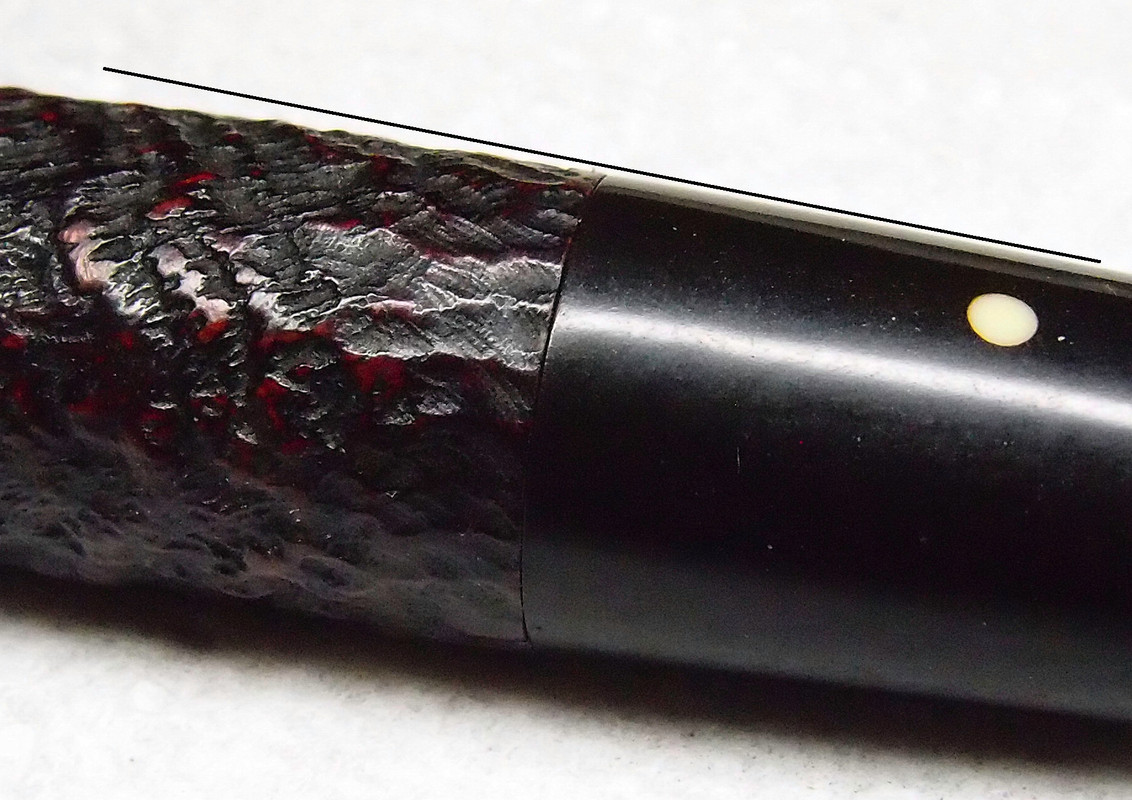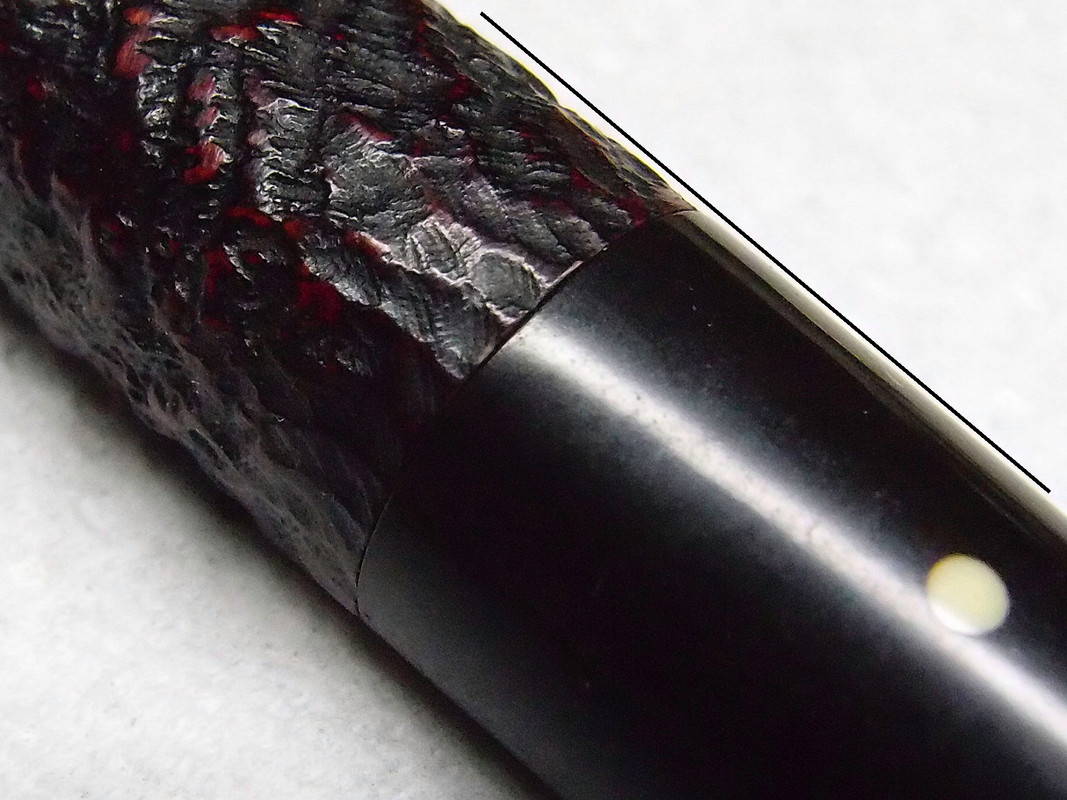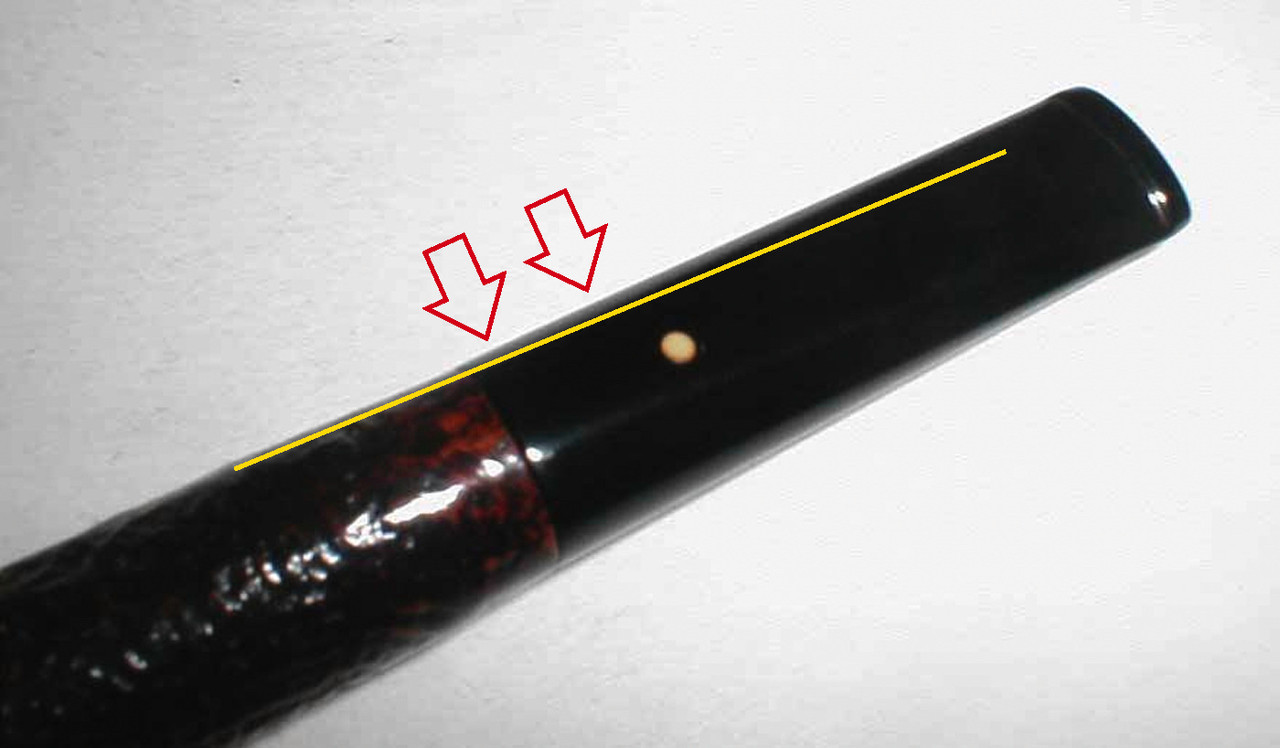Evolution of the Dunhill White Dot
- Thread starter orlandofurioso
- Start date
SmokingPipes.com Updates
Watch for Updates Twice a Week
- Status
- Not open for further replies.
Here's a follow up since this thread "took off" a bit. (Mostly because Rob is a high profile eBay seller, I imagine. He heard about it from a third party, so called me, and we talked for quite a while.)
Mostly, he wanted to make his position clear---that any detailed "add on" or "backstory" information in his listings is not primarily for promotion, but so a prospective buyer can make a more informed decision. He firmly believes that the occasional errors in description which can happen with such an approach are preferable to saying nothing and showing only photos.
In short, we were in full agreement. (That's definitely how I would do it, and why, if I sold pipes)
How the occasional error is handled then becomes key, and, as I said before, I've never known Rob to NOT modify or pull a listing after learning it contained an error, or met anyone who has. "No sale is worth my reputation, George," is how he summarized it.
So, there you go, for anyone who came away with a muddled or mistaken idea of the thread to this point.
--------------------------------------------
Regarding the pipe that started it all, words are a horrible way to convey pictures (someone should coin a catchphrase about that, right? lol ), so we agreed to move the discussion to the visual realm after ringing off. Each of us was eager to understand how the other came to his conclusion.
Here's my case:
Dunhill made sandblast pipes by fitting partially-shaped stems to their stummel before blasting, blasted the entire stummel---including the shank all the way to its end---THEN finished the stem ALONG WITH the last 1/4--3/8" of the shank to make the seam where the ebonite and wood meet level.
The texture of the ground-down "ring" no longer looked right, of course, so was then touched up by hand at another workstation using a small dental-drill sort of tool. (Much simpler, easier, and more consistent than trying to re-blast the area.)
Here's an example.
From the yellow line forward has been hand-textured:

.
Here are some close ups of the same area. Notice how the clean-cut little scallops are both shallower and more evenly spaced than the rounder, lumpier texture on the rest of the stummel:
.


.
Now compare that with the shank-end and stem of the pipe in question. It has been re-stemmed at some point in the past. The last 1/2" of the stem is too steeply angled inward (yellow line) and much too smooth to have left the factory that way. It has been re-leveled (re-ground), NOT re-textured, and poorly re-stained.
The gently rounded-over profile (red arrows) toward the base of the stem suggests still another level of complication: That it isn't the same replacement stem the shank-end was re-ground to accommodate. Possible explanations? 1) It was transferred from another pipe entirely; 2) the original that got lost for a while---resulting in #2 being fitted---was found and reunited with the pipe. The lost wood couldn't be easily replaced, though, so it had to be rounded over slightly to better match the now-smaller-diameter shank-end.
Whew, huh? :lol:
Who thought pipe repair could be so exciting? 8)

Mostly, he wanted to make his position clear---that any detailed "add on" or "backstory" information in his listings is not primarily for promotion, but so a prospective buyer can make a more informed decision. He firmly believes that the occasional errors in description which can happen with such an approach are preferable to saying nothing and showing only photos.
In short, we were in full agreement. (That's definitely how I would do it, and why, if I sold pipes)
How the occasional error is handled then becomes key, and, as I said before, I've never known Rob to NOT modify or pull a listing after learning it contained an error, or met anyone who has. "No sale is worth my reputation, George," is how he summarized it.
So, there you go, for anyone who came away with a muddled or mistaken idea of the thread to this point.
--------------------------------------------
Regarding the pipe that started it all, words are a horrible way to convey pictures (someone should coin a catchphrase about that, right? lol ), so we agreed to move the discussion to the visual realm after ringing off. Each of us was eager to understand how the other came to his conclusion.
Here's my case:
Dunhill made sandblast pipes by fitting partially-shaped stems to their stummel before blasting, blasted the entire stummel---including the shank all the way to its end---THEN finished the stem ALONG WITH the last 1/4--3/8" of the shank to make the seam where the ebonite and wood meet level.
The texture of the ground-down "ring" no longer looked right, of course, so was then touched up by hand at another workstation using a small dental-drill sort of tool. (Much simpler, easier, and more consistent than trying to re-blast the area.)
Here's an example.
From the yellow line forward has been hand-textured:

.
Here are some close ups of the same area. Notice how the clean-cut little scallops are both shallower and more evenly spaced than the rounder, lumpier texture on the rest of the stummel:
.


.
Now compare that with the shank-end and stem of the pipe in question. It has been re-stemmed at some point in the past. The last 1/2" of the stem is too steeply angled inward (yellow line) and much too smooth to have left the factory that way. It has been re-leveled (re-ground), NOT re-textured, and poorly re-stained.
The gently rounded-over profile (red arrows) toward the base of the stem suggests still another level of complication: That it isn't the same replacement stem the shank-end was re-ground to accommodate. Possible explanations? 1) It was transferred from another pipe entirely; 2) the original that got lost for a while---resulting in #2 being fitted---was found and reunited with the pipe. The lost wood couldn't be easily replaced, though, so it had to be rounded over slightly to better match the now-smaller-diameter shank-end.
Whew, huh? :lol:
Who thought pipe repair could be so exciting? 8)

So, an original Dunhill stem (believed by the seller to be from the mid '50's) is used to replace a possibly poor replacement stem on a stummel from 1965. Got it. Going by the final price, I don't think potential bidders were feeling comfortable with what they were seeing.The gently rounded-over profile (red arrows) toward the base of the stem suggests still another level of complication: That it isn't the same replacement stem the shank-end was re-ground to accommodate. Possible explanations? 1) It was transferred from another pipe entirely; 2) the original that got lost for a while---resulting in #2 being fitted---was found and reunited with the pipe. The lost wood couldn't be easily replaced, though, so it had to be rounded over slightly to better match the now-smaller-diameter shank-end.
Dammit.The last 1/2" of the stem is too steeply angled inward (yellow line) and much too smooth to have left the factory that way.
My hatred of the forever edit-lock-out flares anew... :evil:
The above sentence should read:
The last 1/2" of the SHANK is too steeply angled inward (yellow line) and much too smooth to have left the factory that way.
(Copyreading your own writing is pretty much impossible until considerable time has passed (it's a brain thing), and mistakes like that are a good example. Sorry for any confusion.)
The photo covered the it. I'm sure most understood what you meant. You typed stem, I read and saw shank.
Yes well... If the pipe had been a 1955 SHELL, in "Bristol Shape" I think it would have sold for more, IMHO.At least one bidder felt comfortable with it, he ( or she ) paid 207 bucks for it.
George, sorry for the misunderstanding of what you originally wrote. As you know full well, my reading comprehension is at about a 5th grade level. :mrgreen:
- Status
- Not open for further replies.







